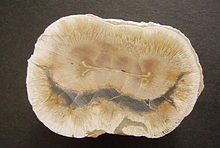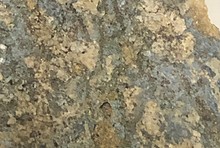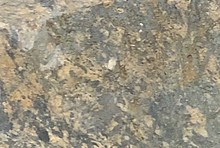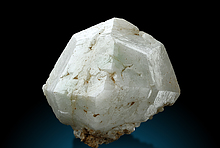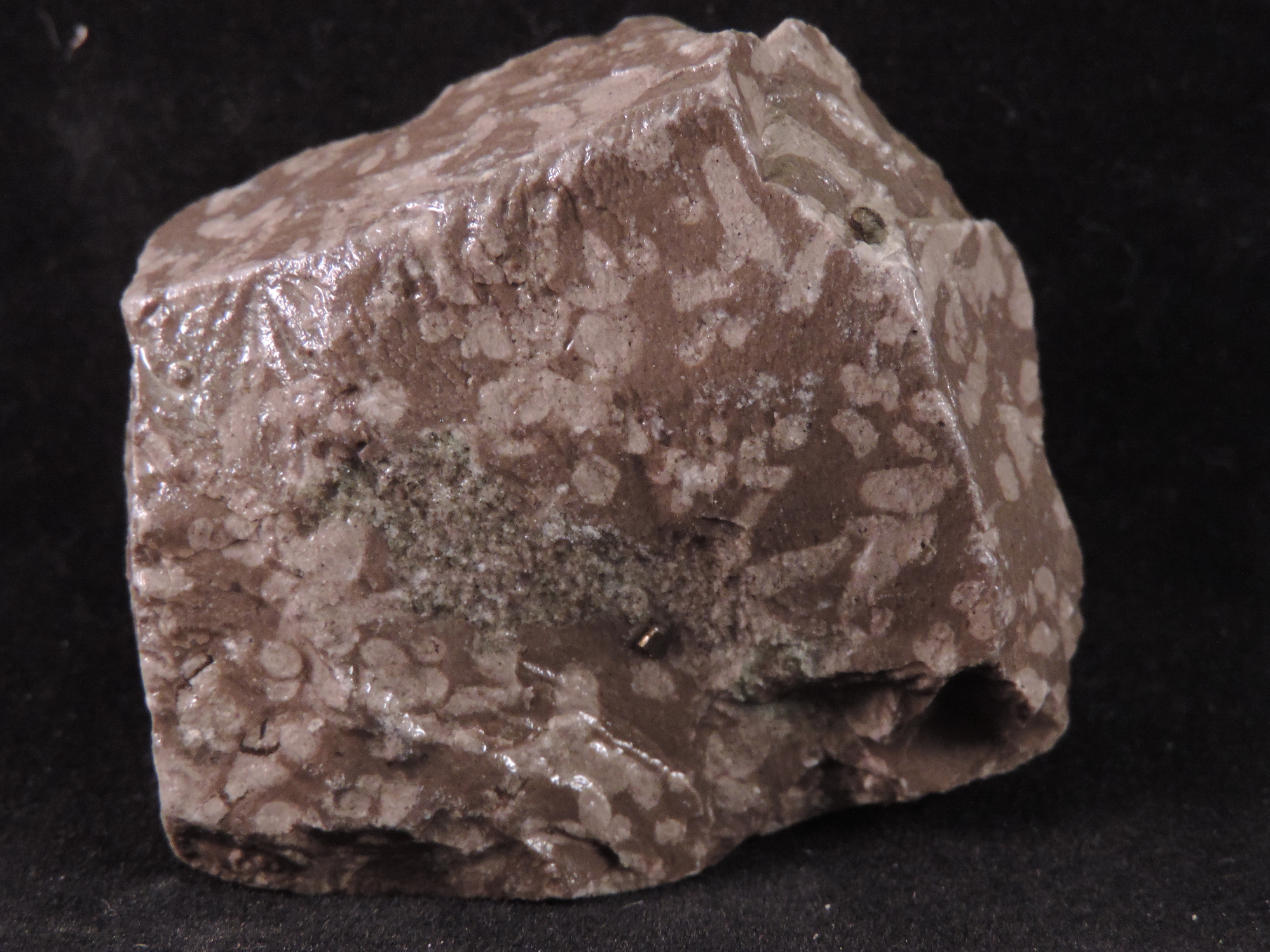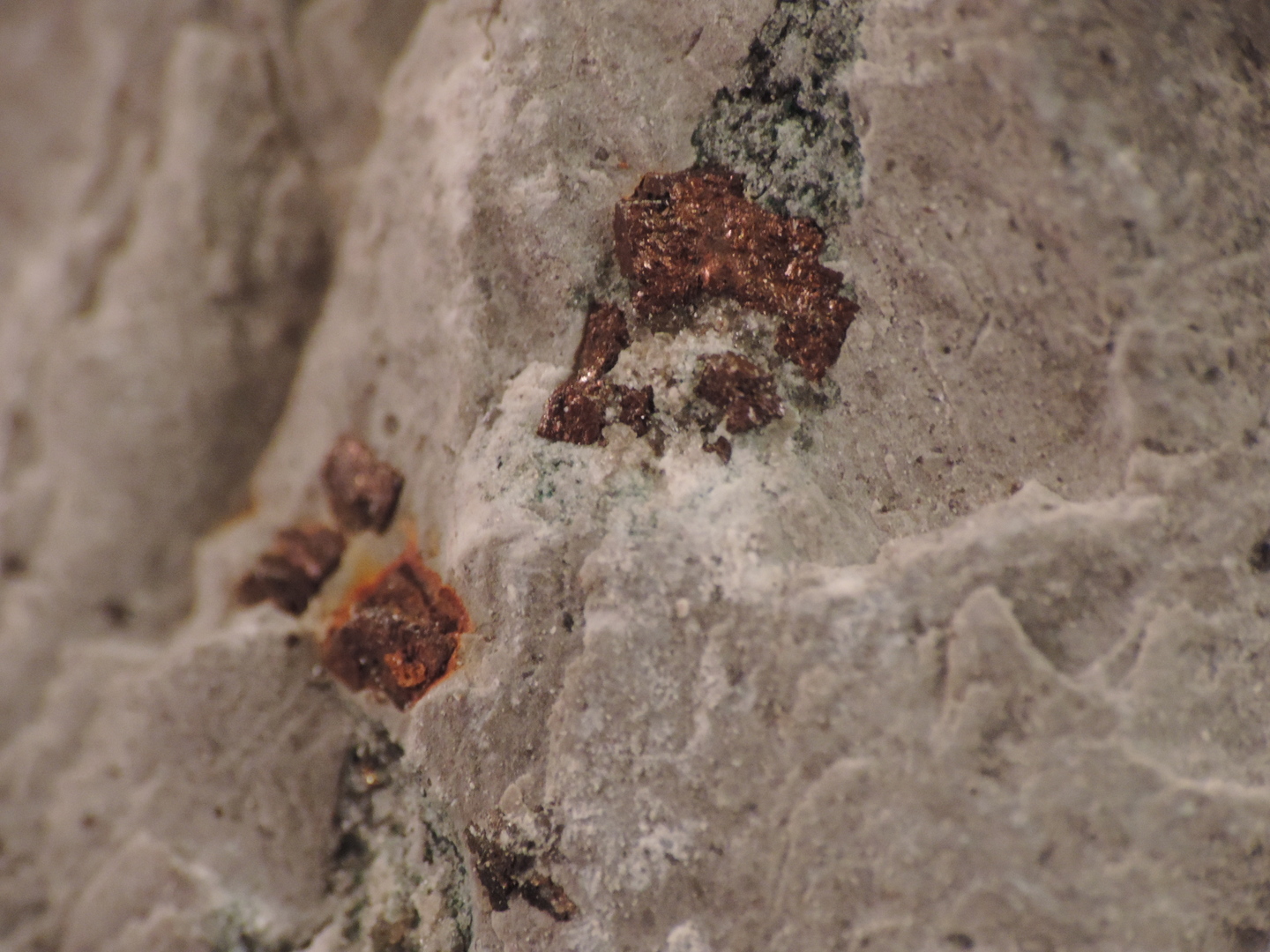Home PageAbout MindatThe Mindat ManualHistory of MindatCopyright StatusWho We AreContact UsAdvertise on Mindat
Donate to MindatCorporate SponsorshipSponsor a PageSponsored PagesMindat AdvertisersAdvertise on Mindat
Learning CenterWhat is a mineral?The most common minerals on earthInformation for EducatorsMindat ArticlesThe ElementsThe Rock H. Currier Digital LibraryGeologic Time
Minerals by PropertiesMinerals by ChemistryAdvanced Locality SearchRandom MineralRandom LocalitySearch by minIDLocalities Near MeSearch ArticlesSearch GlossaryMore Search Options
The Mindat ManualAdd a New PhotoRate PhotosLocality Edit ReportCoordinate Completion ReportAdd Glossary Item
Mining CompaniesStatisticsUsersMineral MuseumsClubs & OrganizationsMineral Shows & EventsThe Mindat DirectoryDevice SettingsThe Mineral Quiz
Photo SearchPhoto GalleriesSearch by ColorNew Photos TodayNew Photos YesterdayMembers' Photo GalleriesPast Photo of the Day GalleryPhotography
╳Discussions
💬 Home🔎 Search📅 LatestGroups
EducationOpen discussion area.Fakes & FraudsOpen discussion area.Field CollectingOpen discussion area.FossilsOpen discussion area.Gems and GemologyOpen discussion area.GeneralOpen discussion area.How to ContributeOpen discussion area.Identity HelpOpen discussion area.Improving Mindat.orgOpen discussion area.LocalitiesOpen discussion area.Lost and Stolen SpecimensOpen discussion area.MarketplaceOpen discussion area.MeteoritesOpen discussion area.Mindat ProductsOpen discussion area.Mineral ExchangesOpen discussion area.Mineral PhotographyOpen discussion area.Mineral ShowsOpen discussion area.Mineralogical ClassificationOpen discussion area.Mineralogy CourseOpen discussion area.MineralsOpen discussion area.Minerals and MuseumsOpen discussion area.PhotosOpen discussion area.Techniques for CollectorsOpen discussion area.The Rock H. Currier Digital LibraryOpen discussion area.UV MineralsOpen discussion area.Recent Images in Discussions
Identity HelpMichigan Minerals

11th May 2018 03:45 UTCRobert Darabos
This first piece is soft enough to be scratched by a steel knife. I have not checked its reaction to acid, but it appears to be limestone. The white material is the mystery. Maybe some kind of trace fossil?
This second piece is what I can only guess is Pyrite on Limestone (or something very similar). Most of the pyrite looks good, but some looks very "rusty," so I am unsure if these are pyrite that really needs to be cleaned, or just iron.

11th May 2018 03:47 UTCRobert Darabos
a rusty type looking chunk
IF these rusty parts are Pyrite, how can I clean them up? I was going to put them in Iron Out, then quickly realized that Pyrite itself could also disappear.

11th May 2018 16:06 UTCRobert Darabos
11th May 2018 16:54 UTCMatt Neuzil Expert
Your first piece could be dolomite and might dissolve if crushed or with warm acid otherwise mindat says it dissolves very slowly. It could also be silicified and that could cause it not to dissolve.

11th May 2018 17:29 UTCRobert Darabos
The first piece DOES bubble when crushed into a finer powder, so that's good to know. So calcium carbonate, dolomite, limestone, etc?
11th May 2018 17:43 UTCChris Stefano Expert
your first specimen is a piece of limestone from the Wallace Stone Quarry in Bayport. The white markings in it are filled in burrows- a trace fossil. The material is common in parts of the quarry. I agree that the rusty stuff is pyrite, and agree with Matt that it's probably not worth spending any time on.
11th May 2018 20:04 UTCPaul Brandes 🌟 Manager
12th May 2018 06:07 UTCGregg Little 🌟
In Manitoba, Canada we have a similar rock, Tyndall Limestone, which is used extensively as construction and facing stone including our nation's legislature buildings. The only difference is the rock is mostly calcite (limestone) and the colour contrast is reversed with the burrows being dark and the matrix being of lighter colour.
Also when acid testing carbonates it is necessary to be consistent. The relative reaction rates between the more common ones, calcite, dolomite and siderite, is diagnostic. It is important to familiarize yourself with the relative reaction rates by using the same type and strength of acid and testing on know minerals. I might suggest 10% HCl and compare the relative reactions of calcite (limestone) and dolomite (or dolostone). The Wallace Stone Quarry limestone should have had a very vigorous reaction to acid if it is mostly limestone (calcite). If the reaction is slow to start and then builds with time, it is likely dolomite or dolostone.




Mindat.org is an outreach project of the Hudson Institute of Mineralogy, a 501(c)(3) not-for-profit organization.
Copyright © mindat.org and the Hudson Institute of Mineralogy 1993-2024, except where stated. Most political location boundaries are © OpenStreetMap contributors. Mindat.org relies on the contributions of thousands of members and supporters. Founded in 2000 by Jolyon Ralph.
Privacy Policy - Terms & Conditions - Contact Us / DMCA issues - Report a bug/vulnerability Current server date and time: April 23, 2024 13:20:23
Copyright © mindat.org and the Hudson Institute of Mineralogy 1993-2024, except where stated. Most political location boundaries are © OpenStreetMap contributors. Mindat.org relies on the contributions of thousands of members and supporters. Founded in 2000 by Jolyon Ralph.
Privacy Policy - Terms & Conditions - Contact Us / DMCA issues - Report a bug/vulnerability Current server date and time: April 23, 2024 13:20:23
